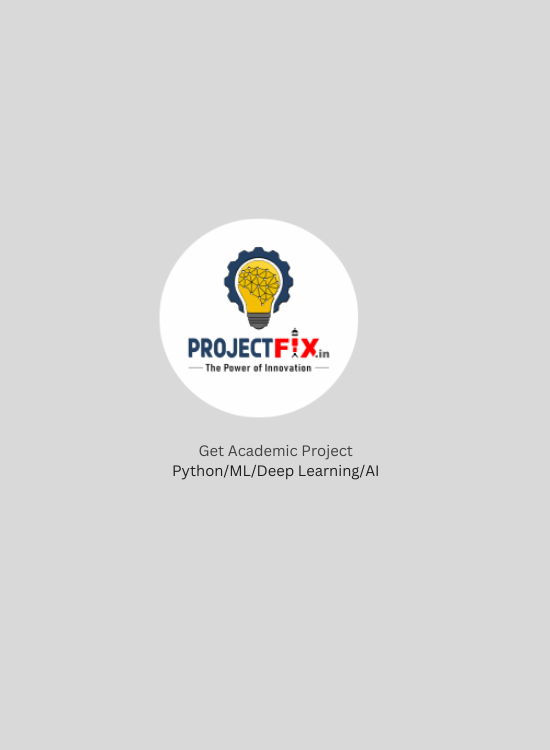Prediction of leaf disease Using ANN and CNN
Predicting leaf diseases using Artificial Neural Networks (ANNs) and Convolutional Neural Networks (CNNs) is a fascinating academic project that combines deep learning techniques with agricultural sciences.
Overview
Predicting leaf diseases using Artificial Neural Networks (ANNs) and Convolutional Neural Networks (CNNs) is a fascinating academic project that combines deep learning techniques with agricultural sciences. Here’s a structured outline for such a project:
1. Introduction
- Background: Introduce the importance of plant health and the impact of leaf diseases on agricultural productivity.
- Objective: State the goal of the project, which is to predict leaf diseases using ANN and CNN models.
2. Dataset Collection and Preprocessing
- Data Source: Specify where you collected the dataset from (e.g., plant pathology databases, agricultural research institutes).
- Dataset Description: Describe the characteristics of the dataset, including types of leaf diseases and healthy leaf samples.
- Data Preprocessing: Outline steps such as image normalization, resizing, and augmentation to prepare the data for model training.
3. Methodology
Artificial Neural Network (ANN):
- Explain the architecture of the ANN model for leaf disease prediction.
- Detail the layers (input layer, hidden layers, output layer) and activation functions used.
- Discuss how you handle image data as inputs to the ANN.
Convolutional Neural Network (CNN):
- Describe the CNN architecture tailored for image classification of leaf diseases.
- Include convolutional layers, pooling layers, and fully connected layers.
- Mention any techniques like transfer learning using pre-trained models (e.g., ResNet, VGG) if applicable.
Training and Validation:
- Explain the training process, including batch size, learning rate, and number of epochs.
- Split the dataset into training, validation, and test sets for evaluation.
4. Evaluation Metrics
- Define the evaluation metrics used to assess model performance (e.g., accuracy, precision, recall, F1-score).
- Compare the performance of ANN and CNN models in predicting leaf diseases.
5. Results and Discussion
- Present the results of model training and validation.
- Discuss the strengths and weaknesses of ANN and CNN models for leaf disease prediction.
- Interpret which model architecture performs better and why.
6. Conclusion and Future Work
- Summarize the key findings of your project.
- Discuss potential improvements or extensions to the current work (e.g., integrating more diverse datasets, enhancing model interpretability).
- Highlight the practical applications and implications of your findings in agriculture and plant pathology.


